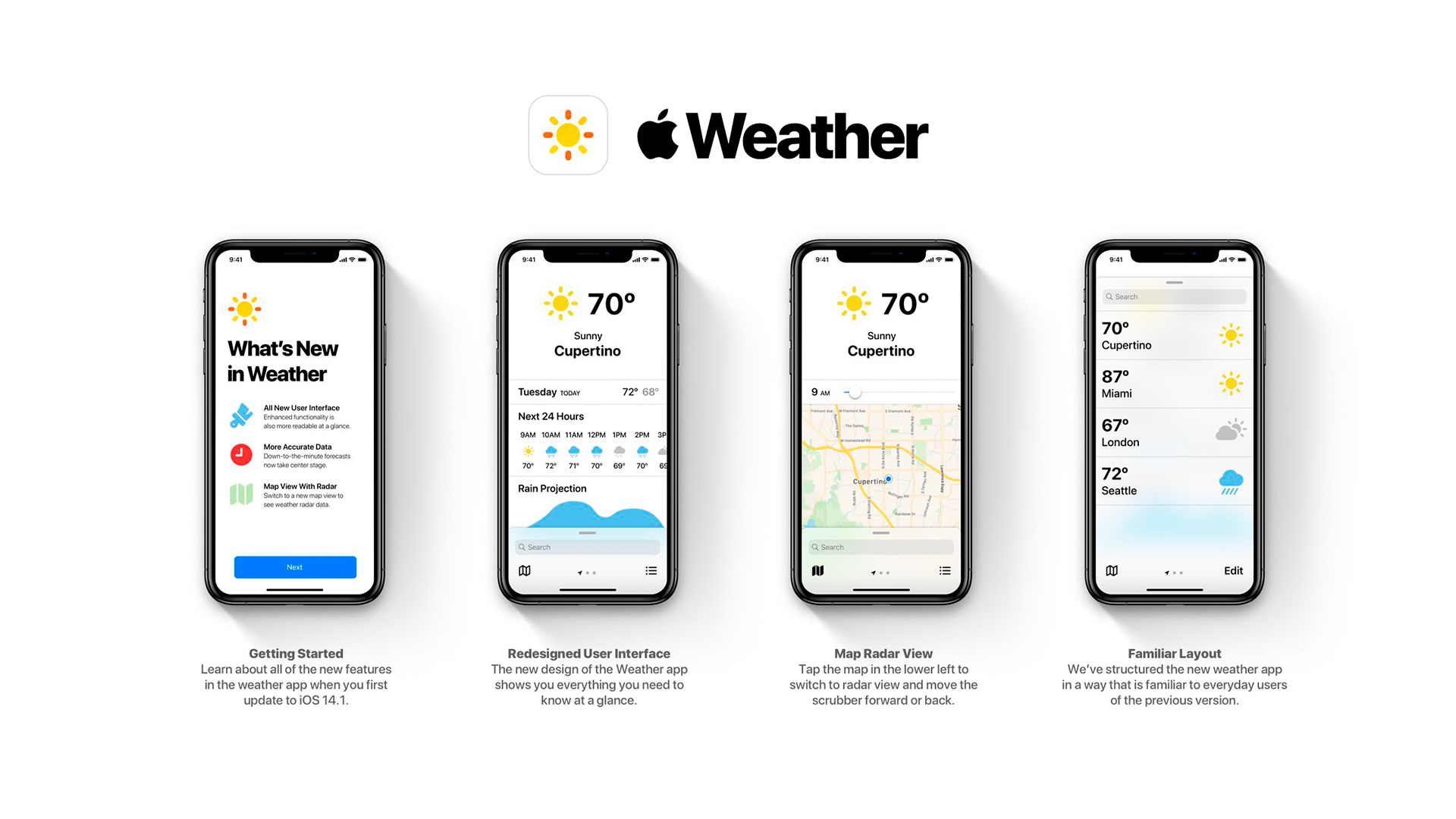Mobile apps have become essential tools for users to access a wide array of services, including real-time weather updates. Integrating real-time weather data into mobile applications can significantly enhance user experience, offering relevant and timely information that can be crucial for decision-making. This blog explores how leveraging real-time weather data in mobile apps can improve user engagement and satisfaction, while also diving into the tools and APIs available for developers.
The Importance of Real-Time Weather Data
Why is weather data recorded? Weather data is recorded to provide historical insights and accurate forecasting, allowing individuals and businesses to plan ahead. For mobile apps, having access to current weather data can transform a user’s experience. For instance, an app that provides local event recommendations can use real-time weather data to suggest only those activities that are feasible based on the current weather conditions. Similarly, a travel app can offer users the option to plan their itinerary with an embedded weather forecast to avoid weather-related disruptions.
Selecting the Best Weather API for Your Mobile App
When it comes to integrating weather data into a mobile app, the choice of the best weather API is critical. APIs serve as the bridge between the app and real-time weather data sources, enabling the app to fetch and display accurate weather information. Developers often look for the best weather APIs that provide a balance of accuracy, reliability, and cost-effectiveness. The weather com API pricing is one factor that developers need to consider when choosing the appropriate API. Additionally, choosing a global weather API ensures that the app can cater to users across different regions, providing them with real-time weather data irrespective of their location.
Types of Weather APIs Available
There are various types of weather APIs available, each offering different levels of detail and data points. For example, a public weather API can be a great starting point for apps that need basic weather information without extensive data. However, for more detailed weather updates, such as live weather API or current weather data API, a weather service API that provides granular data might be more suitable.
For developers working with JavaScript, the JavaScript weather API offers an easy-to-implement solution for fetching weather data directly into a web-based app. Additionally, the weather JSON API format allows developers to easily parse and use weather data within their apps. This flexibility in choosing a weather web API means that developers can tailor the weather information to match the specific needs of their app.
Integrating Real-Time Weather Data in Different Types of Apps
Various types of mobile apps can benefit from integrating real-time weather data. For instance, navigation apps can use a real-time weather API to alert drivers of weather conditions that may affect their route. Fitness apps can leverage current weather API data to suggest the best times for outdoor workouts, while e-commerce apps can adjust delivery times based on weather info API data.
The weather REST API is commonly used for integrating weather data into mobile apps, offering a RESTful architecture that simplifies the process of fetching weather information. Developers can use this type of API to ensure their app delivers accurate current weather data to users. The flexibility of the weather REST API allows developers to build custom features that enhance the overall user experience.
The Benefits of Using Weather Data in Excel
For developers and businesses that need to analyze weather data further, integrating weather data in Excel can be incredibly useful. Excel’s powerful data analysis tools allow users to delve deep into weather patterns, helping them make informed decisions based on historical weather data. By exporting data from a current weather data API to Excel, users can visualize trends and correlations that may not be immediately obvious, thereby enhancing the strategic use of weather information.
Weather Data and User Engagement
Incorporating real-time weather data into mobile apps can significantly boost user engagement. For example, an app that sends push notifications about sudden weather changes can keep users informed and safe. Moreover, apps that provide personalized content based on weather conditions are more likely to retain users by offering them valuable and relevant information.
The weather API best suited for this purpose would be one that offers real-time updates and detailed forecasting, ensuring that users receive accurate information at all times. This kind of weather service API can also help businesses build customer loyalty by providing reliable and timely weather updates.
Conclusion
Integrating real-time weather data into mobile apps can significantly enhance the user experience by offering timely and relevant information. The availability of a wide range of weather data APIs, such as the global weather API and weather REST API, allows developers to choose the best tools for their needs. Whether you’re developing a navigation app, fitness tracker, or e-commerce platform, leveraging the power of real-time weather data can make your app more engaging, useful, and user-friendly. By carefully selecting and integrating the appropriate weather API, developers can ensure that their apps deliver accurate, reliable, and timely weather updates, thereby improving overall user satisfaction and engagement.


















